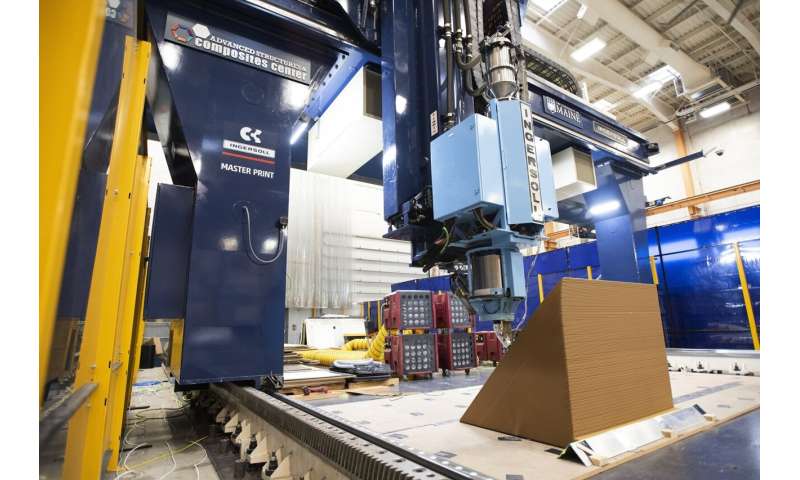Best of Last Week—new evidence for Planet 9, printing a house, a new way to deliver antibiotics

It was a good week for space science, as a small team of scientists from the California Institute of Technology, Université Côte d'Azur and Southwest Research Institute reported possible new evidence of Planet 9. They found long-period objects crossing Neptune's orbit that exhibited irregular movements during their journey. Also, a group at MIT announced that they had detected a new molecule in space—a type of 2-methoxyethanol. And an engineering team at NASA's Jet Propulsion Laboratory in Southern California, reported that Voyager 1 had resumed sending updates back to Earth regarding its health and status.
In technology news, a team of engineers at Princeton University suggested that holographic displays they were working on offered a glimpse into an immersive future, yet another step closer to merging the real and virtual worlds using ordinary eyeglasses and high-definition 3D holographic imagery. And a team at Johannes Kepler University-Linz demonstrated an ultra-thin, flexible solar cell that showed promise for use for commercial quadcopter drones. Also, a team at the University of California, Irvine, announced the development of a system capable of emulating neurodegeneration and aging in artificial intelligence systems. The model allows for tweaking variables and could aid in the development of therapies to prevent the condition in humans. And a team of engineers at the University of Maine demonstrated the capabilities of a 3D printer they built—the largest in the world—by printing a house.
In other news, a team of medical workers led by a group at the University of Warwick, announced that their research had led to the discovery that there is a "profound" link between dietary choices and brain health. Also, a team of scientists affiliated with several institutions in Germany, working with a colleague in Chile, discovered a hidden biosphere beneath the world's driest hot desert. Just below the sand in the Atacama Desert in northern Chile, they found microbial communities that were dominated by Firmicutes close to the surface and farther down, microbial communities that were dominated by Actinobacteria. And finally, a team at Yale found that a common antibiotic delivered via the nasal pathway may be helpful in fighting respiratory viral infections such as COVID-19 and influenza.
© 2024 Science X Network